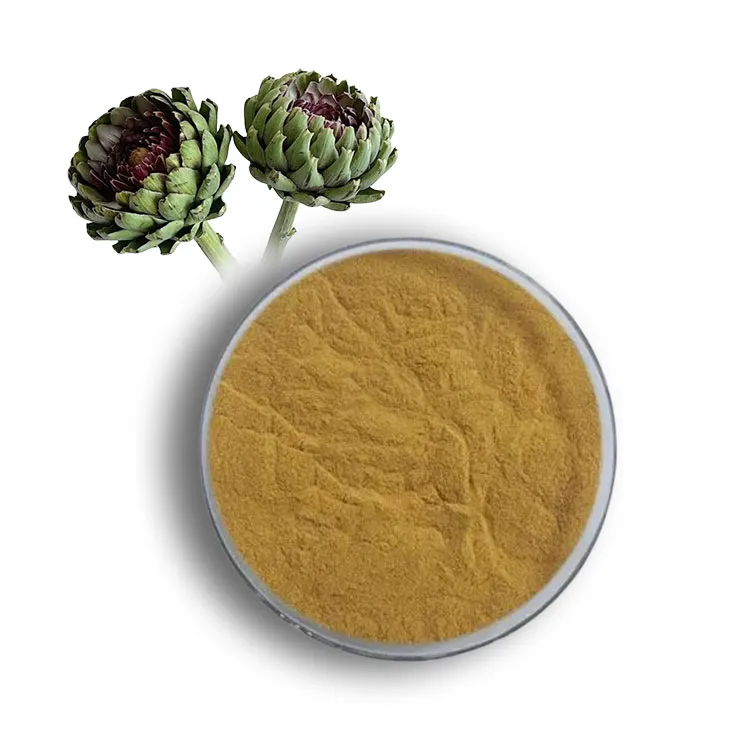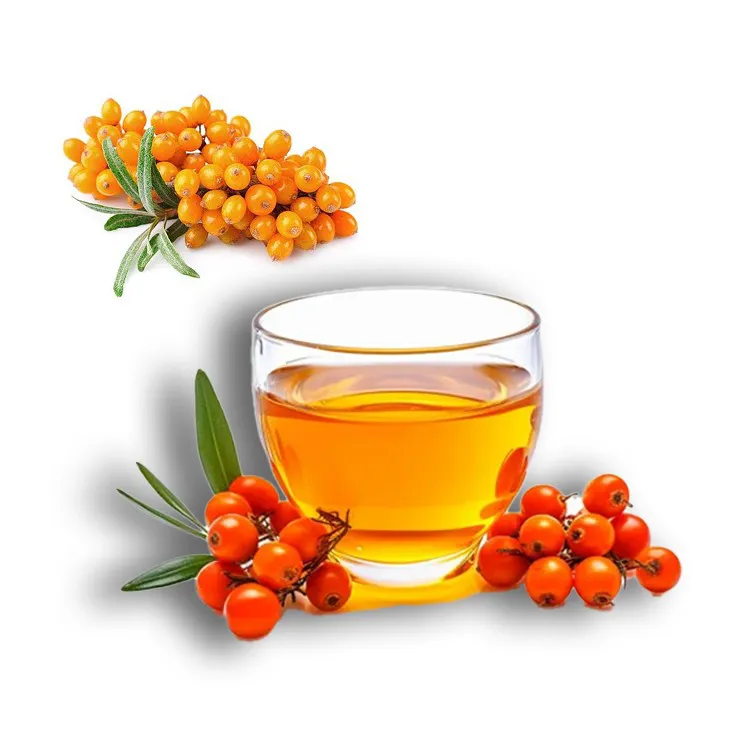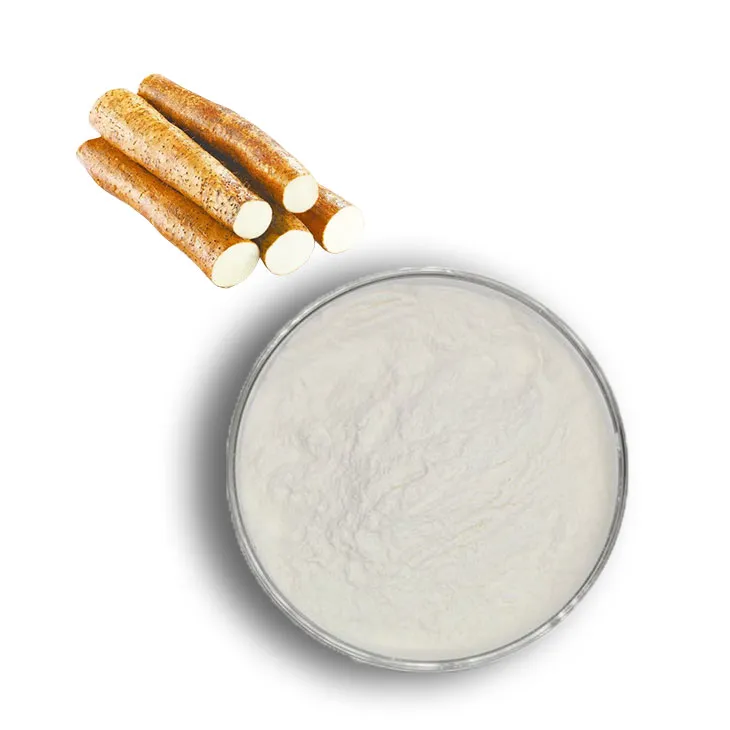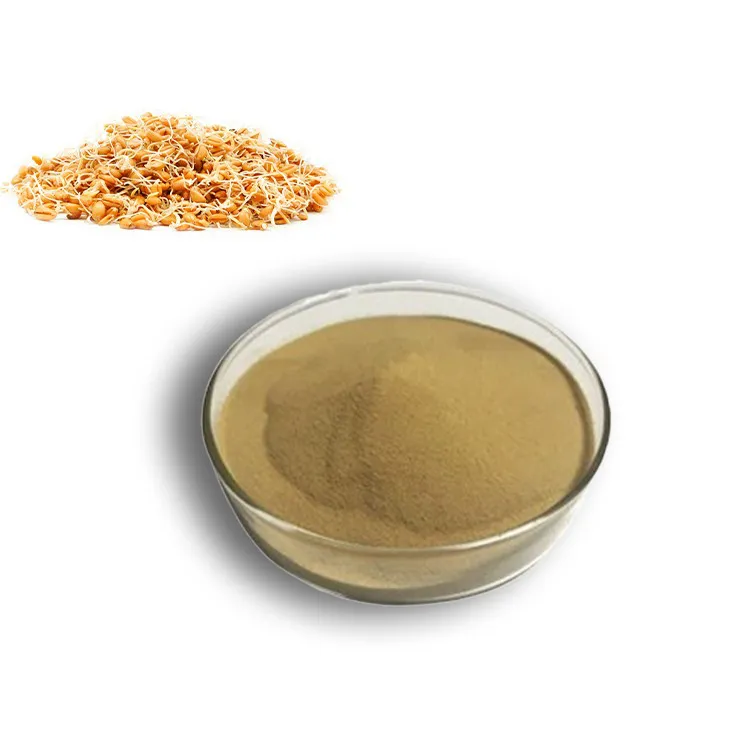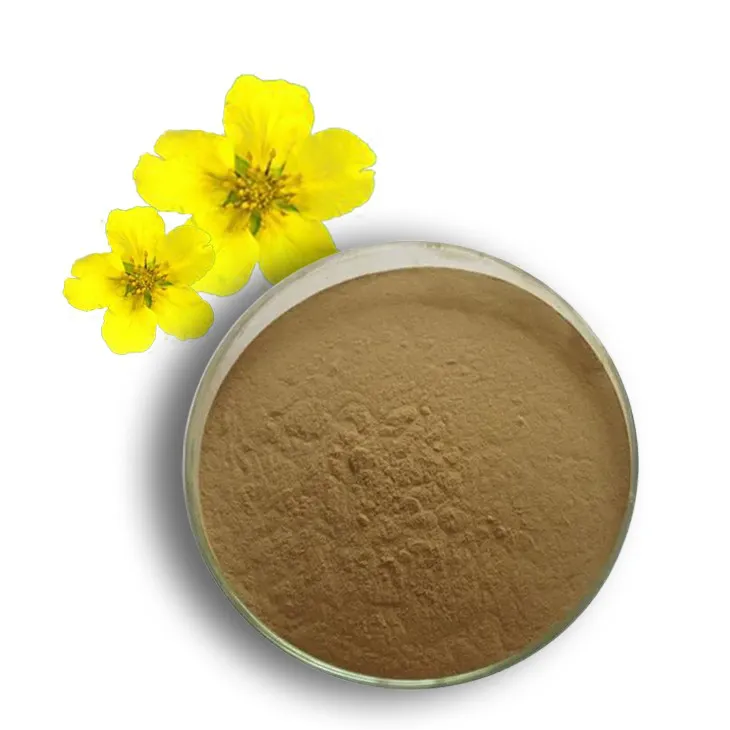- 0086-571-85302990
- sales@greenskybio.com
What Foods Have Citrus Bioflavonoids in Them
2025-10-25
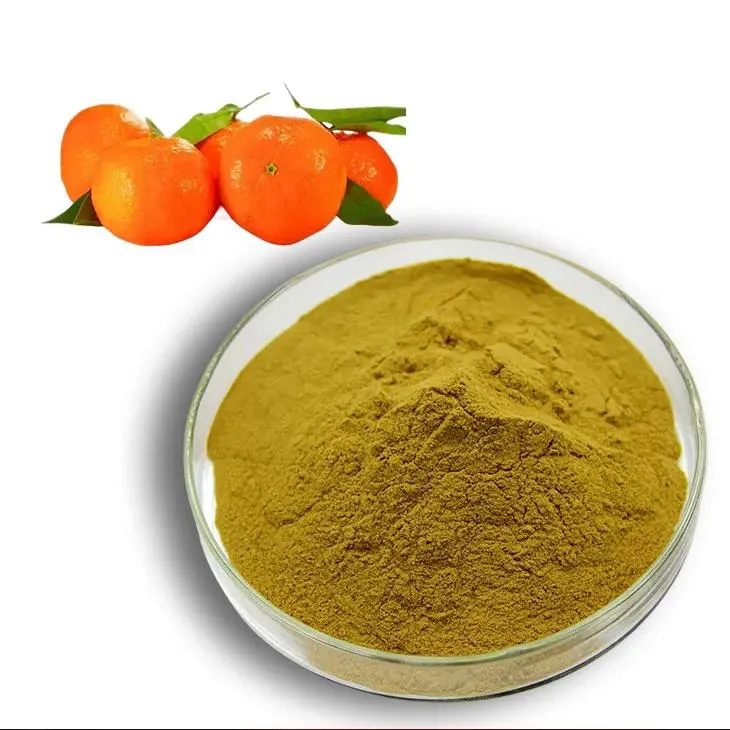
Citrus bioflavonoids are a class of plant-based compounds found predominantly in the peels, membranes, and pulp of citrus fruits. Known for their potent antioxidant and anti-inflammatory properties, they have become an increasingly popular topic in nutrition and health circles. Bioflavonoids, sometimes called vitamin P, work synergistically with vitamin C to enhance immune function, protect blood vessels, and support overall wellness. Including foods rich in these compounds can have a significant impact on long-term health.
This article examines the primary sources of Citrus bioflavonoids, their health benefits, and practical ways to incorporate them into your diet.
What Are Citrus bioflavonoids?
Citrus bioflavonoids are naturally occurring plant pigments responsible for the vibrant colors of citrus fruits. They belong to the flavonoid family, a large group of polyphenolic compounds known for their antioxidant properties. These compounds help plants protect themselves against UV radiation, pests, and disease.
In humans, citrus bioflavonoids contribute to reducing oxidative stress, improving circulation, and supporting collagen production. They are particularly notable for their ability to enhance the absorption and effectiveness of vitamin C, which is crucial for immune health and skin vitality.
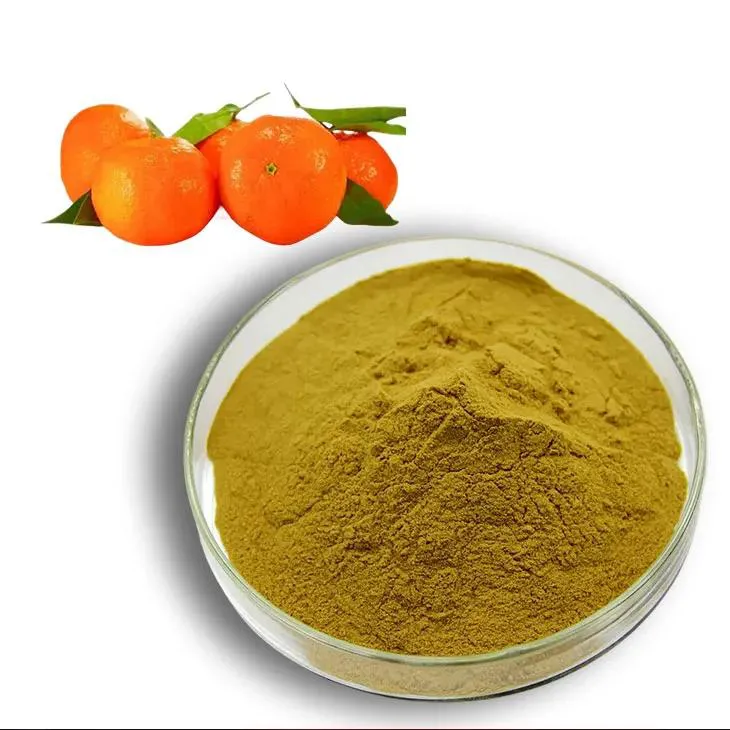
Which Citrus Fruits Are the Best Sources of Bioflavonoids?
Citrus fruits are the primary dietary source of these bioactive compounds. Among them, certain fruits provide higher concentrations:
Oranges are perhaps the most well-known source. Both the juice and the peel contain substantial bioflavonoids, including Hesperidin, naringin, and rutin. Eating whole oranges or using zest in cooking ensures maximum intake.
Grapefruits contain naringin, a bioflavonoid responsible for their slightly bitter taste. Pink and red varieties are especially high in antioxidants.
Lemons and limes are rich in Hesperidin and eriocitrin. The white pith beneath the skin is often overlooked, but it is particularly concentrated in bioflavonoids.
Tangerines and mandarins offer a milder flavor and significant Hesperidin content. Their thin peels and easy-to-eat segments make them convenient for daily consumption.
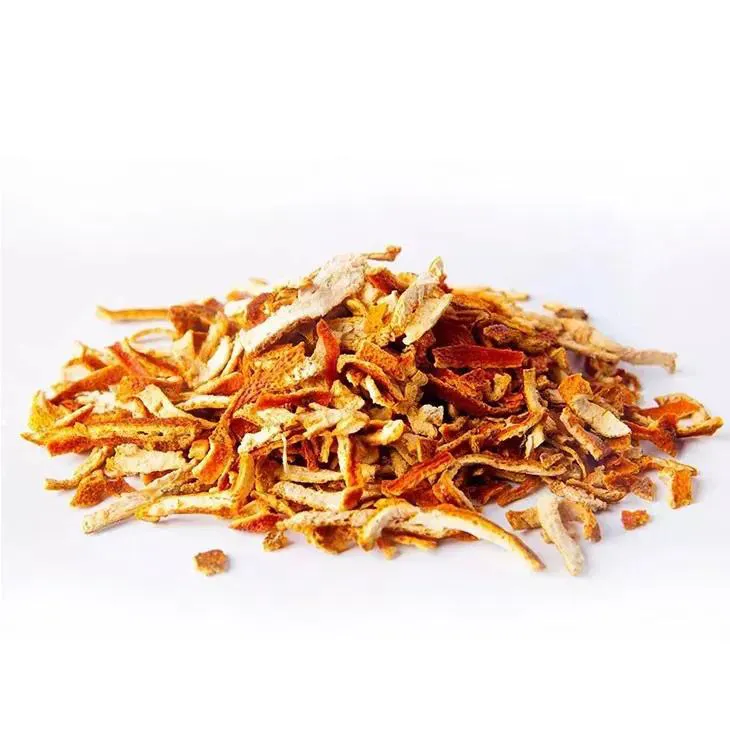
Can Citrus Peels Be a Significant Source of Bioflavonoids?
Yes, citrus peels are often richer in bioflavonoids than the fruit’s flesh. The colorful outer rind and white pith contain concentrated amounts of flavonoids that are largely absent in juice alone. For example, hesperidin and polymethoxylated flavones are abundant in the peel.
Using citrus zest in cooking or baking is an effective way to add these compounds without altering flavor significantly. Some recipes also call for candied citrus peel or powdered peel supplements, though moderation is recommended due to sugar content in processed forms.
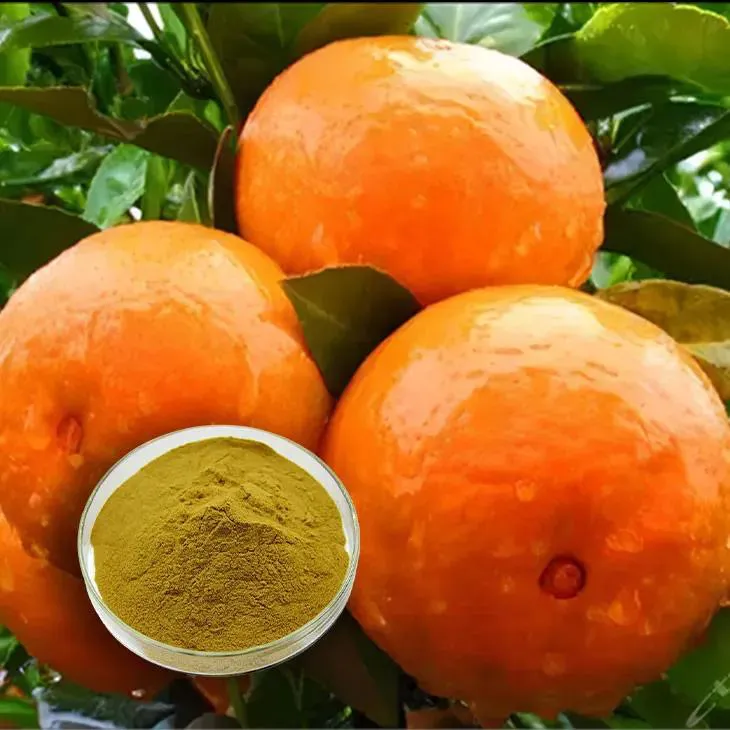
Do Processed Citrus Products Retain Bioflavonoids?
Processing can affect bioflavonoid content, but some forms retain substantial levels. For instance, fresh-squeezed citrus juice contains bioflavonoids, though not as much as whole fruit with peel.
Frozen citrus segments and purees generally maintain their flavonoid profile, as flash freezing preserves most antioxidants.
Citrus supplements in powder or capsule form often standardize bioflavonoid content. These are especially useful for individuals who struggle to consume enough citrus daily, although whole foods remain the preferred source due to fiber and additional nutrients.
What Are the Health Benefits of Citrus Bioflavonoids?
Citrus bioflavonoids offer multiple health-promoting properties. Their antioxidant activity helps neutralize free radicals, reducing oxidative stress that can contribute to chronic diseases.
They also support cardiovascular health. Studies show that hesperidin and other flavonoids help lower blood pressure, improve endothelial function, and reduce LDL cholesterol oxidation.
Citrus bioflavonoids possess anti-inflammatory properties, helping mitigate chronic low-grade inflammation associated with metabolic disorders. Additionally, they may promote capillary strength, enhancing circulation and preventing bruising or bleeding.
Some research suggests these compounds may also support immune function, enhance skin health, and even have mild anti-cancer effects due to their role in regulating cellular oxidative stress.
How Can You Incorporate Citrus Bioflavonoids Into Your Diet?
The most effective way to consume citrus bioflavonoids is through whole fruits. Eating segments, adding zest to recipes, or blending peels into smoothies ensures that you benefit from both flavonoids and vitamin C.
Cooking methods such as roasting or lightly steaming citrus-based dishes generally preserve flavonoid content. Avoid overprocessing, as high heat and extended cooking times can degrade sensitive compounds.
Juicing is convenient but less effective than consuming the whole fruit, as much of the bioflavonoid content resides in the peel and membranes. Adding pulp back into juice or using smoothies can help compensate.
In addition, pairing citrus with healthy fats (like olive oil or avocado) may enhance the absorption of certain flavonoids. Incorporating tangerines into salads, using lemon zest in marinades, and sprinkling orange peel over oatmeal are simple ways to increase intake.
Are There Other Foods That Contain Citrus Bioflavonoids?
While citrus fruits are the primary source, other foods can provide similar flavonoid compounds. Berries, onions, and certain herbs contain flavonoids, though they are not citrus-specific.
For example:
Berries: blueberries, blackberries, and cranberries contain anthocyanins and flavonols.
Herbs: parsley, thyme, and rosemary contain flavonoid compounds that contribute antioxidant benefits.
Tea: particularly green and black teas provide flavonoids that support vascular and cellular health.
Although these foods are beneficial, they lack the unique flavonoid profiles found in citrus, such as hesperidin and naringin, which synergize specifically with vitamin C.
Can Bioflavonoids Be Taken as Supplements?
Yes, citrus bioflavonoids are commonly available in supplement form. Capsules or powders often standardize compounds like hesperidin and rutin. Supplements are sometimes combined with vitamin C to enhance absorption and efficacy.
While convenient, supplements should not replace whole foods, as they lack the fiber and additional phytonutrients present in fresh fruits. Individuals with citrus allergies or sensitivities may find supplements useful under professional guidance.
How Can You Maximize the Benefits of Citrus Bioflavonoids?
To gain the most from citrus bioflavonoids:
Eat a variety of citrus fruits regularly, including oranges, grapefruits, lemons, and tangerines.
Include peel and zest when possible, as they contain concentrated bioflavonoids.
Avoid excessive heat and prolonged cooking to preserve compounds.
Pair citrus with healthy fats to enhance absorption.
Combine with a balanced diet rich in fruits, vegetables, and whole grains for synergistic antioxidant effects.
Conclusion: What Are the Best Ways to Get Citrus Bioflavonoids?
Citrus bioflavonoids are an essential component of a health-promoting diet. Whole citrus fruits, particularly with peel and membranes, provide the highest concentration and most effective absorption. Oranges, grapefruits, lemons, limes, tangerines, and mandarins are all excellent sources.
Including these fruits in daily meals, using zest in cooking, and opting for minimally processed forms can help maximize antioxidant intake and support cardiovascular, immune, and cellular health. While supplements are available, whole foods remain the preferred, natural source.
By consciously incorporating citrus bioflavonoid-rich foods into your diet, you can enjoy both their vibrant flavor and their powerful health benefits, making them a truly valuable addition to daily nutrition.
Visit Greenskybio.com, a great article source where you can learn about Supplements and their health benefits, you also can get the latest food Supplements. Green Sky Bio provides the best extracts and supplements. It is a Chinese self-developed brand that is trustworthy! Welcome to email us to inquire about our products.
- ▶ Hesperidin
- ▶ Citrus Bioflavonoids
- ▶ Plant Extract
- ▶ lycopene
- ▶ Diosmin
- ▶ Grape seed extract
- ▶ Sea buckthorn Juice Powder
- ▶ Fruit Juice Powder
- ▶ Hops Extract
- ▶ Artichoke Extract
- ▶ Mushroom extract
- ▶ Astaxanthin
- ▶ Green Tea Extract
- ▶ Curcumin
- ▶ Horse Chestnut Extract
- ▶ Other Product
- ▶ Boswellia Serrata Extract
- ▶ Resveratrol
- ▶ Marigold Extract
- ▶ Grape Leaf Extract
- ▶ New Product
- ▶ Aminolevulinic acid
- ▶ Cranberry Extract
- ▶ Red Yeast Rice
- ▶ Red Wine Extract
-
Cassia Seed Extract
2025-10-25
-
Pueraria Lobata Extract
2025-10-25
-
White Willow Bark Extract
2025-10-25
-
Artichoke Leaf Extract
2025-10-25
-
Sea buckthorn oil
2025-10-25
-
Yam Extract
2025-10-25
-
Motherwort Extract
2025-10-25
-
Yellow Pine Extract
2025-10-25
-
Wheat Germ Extract
2025-10-25
-
Tormentil Extract
2025-10-25














